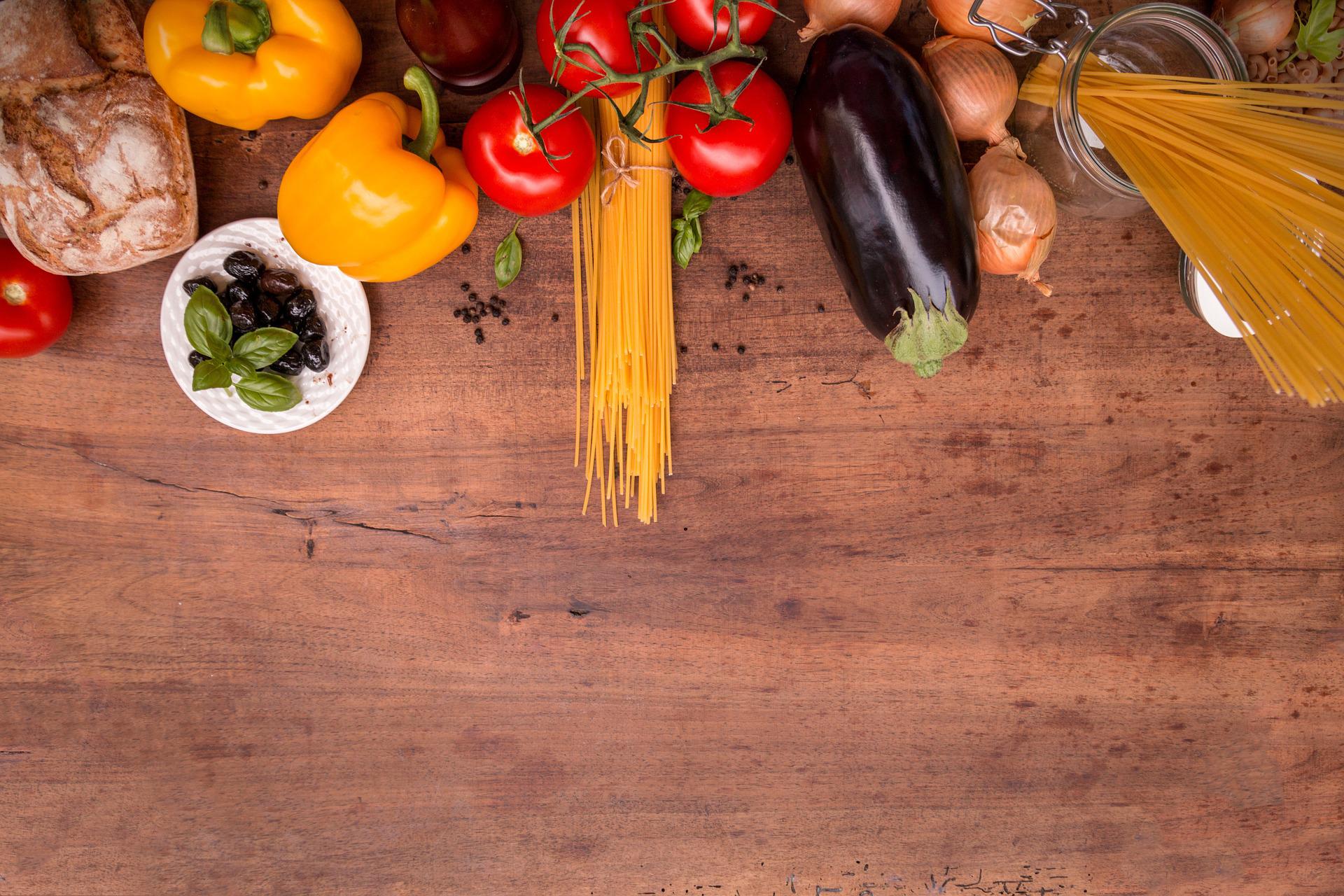
The Benefits of Food Donation for Restaurants

By: Mike Learakos - CEO
September 9, 2022
Increasing numbers of restaurateurs are discovering how an excess edible food donation program positively impacts both their communities and the bottom line of their operations. Through the implementation of an effective edible food donation program, restaurants can help address food insecurity in the community, reduce food waste and the corresponding impact on climate change, and create better bottom line results for the business. While restaurateurs are likely to have natural concerns, such as brand protection and administrative challenges, when it comes to donating their excess edible food, , there are tools and approaches which should mitigate those concerns and allow the restaurant to comfortably reap the benefits of an excess edible food donation program.
The need for excess edible food donation programs is driven by a number of factors. As climate change continues to be in the spotlight with consumers, media, and legislators, the impact of food waste in landfills is receiving considerable attention. In 2018, the U.S. Environmental Protection Agency (EPA) estimated that 63 million tons of wasted food were generated. According to the EPA, in the United States food is the single largest category of material placed in municipal landfills, where it emits methane, a powerful greenhouse gas. Municipal solid waste landfills are the third-largest source of human-related methane emissions in the United States.
Food donation programs are also driven by the need of communities to address food insecurity. Food insecurity, defined by the U.S. Department of Agriculture (USDA) as a lack of consistent access to enough food for an active, healthy life, affects an estimated 1 in 9 Americans. Further, food insecurity is also correlated with other issues related to social determinants of health such as economic stability, education, health care, and social context. Aside from being the one social determinant required to simply sustain life, access to nutritious food is an enabler for the other social determinants of health.
An equally important challenge driving interest in food donation programs is the increased pressure restaurants are feeling when managing their profit margins. While net profit margins vary between restaurants, regions of the country, franchise affiliation, service approach, and other factors, Restaurant365 reports average net profit margins for full-service restaurants fall into the 3 – 5% range, while net profit margins for fast casual restaurants fall into the 6 – 9% range.
Several recent events have conspired to put even more pressure on profit margins. While the industry showed some traffic improvement in 2021 it was still well below pre-pandemic levels; a study by The NPD Group reported 2021 traffic still four percent below pre-pandemic levels, with smaller chains and independent restaurants down by nine percent. When combined with shortage of available labor and dramatic inflation impacting costs of food and other supplies, restaurants are feeling a squeeze on their already thin margins.
The economic pressure on the restaurant business is forcing restaurateurs to take a closer look at any and all opportunities to positively impact their bottom line. High on that list of opportunities is participation in an edible food donation program that provides financial benefits while also enabling restaurants to positively impact their communities.
Three major financial benefits of an edible food donation program for a restaurant include:
- tax deductions on donated food
- Reduced food costs associated with improved production and procurement
- Enhanced public
Restaurants may take advantage of an enhanced federal tax deduction for donated food. The donating business may deduct the lesser of (a) twice the basis value of the donated food or (b) the basis value of the donated food plus one-half of the food’s expected profit margin (if the food were sold at fair market value). Under the enhanced deduction, all businesses may deduct up to 15% of their taxable income for food donations. While restaurants that take a deduction for the food contribution must reduce their cost of goods sold (COGS) by the original price of the food that’s being donated, the enhanced tax deduction will still be greater than the reduction in COGS.
For example, a restaurant purchases a whole chicken for $6 and donates the whole chicken to a food recovery organization rather than reselling it for $20. The restaurant would give up a $6 COGS deduction. However, it could recognize a charitable deduction equal to the lessor of:
- twice what was paid for the chicken which equals $12 or
- the cost of donated food plus half of the expected profit margin if sold at market value which equals $13.
So, in this example, the restaurant gives up the $6 COGS deduction but gains a $12 charitable deduction. Depending on its location, a restaurant may also benefit from enhanced tax deductions on its state taxes.
The first step to implementing an effective excess edible food donation program is to conduct daily audits of the amount and type of excess food generated. This process has proven to be a valuable tool for identifying operational inefficiencies. By monitoring the frequency, type, and volume of donated food, participating restaurateurs are then able to make operational adjustments that ultimately lead to reduced food costs.
Somewhat less tangible, but still important, is the community relations benefit of an edible food donation program. As elected officials in an increasing number of states expand on food recovery legislation, the media continues to focus on both climate change and food insecurity. As changing demographics in our communities put increasing importance on the issues of equity and global warming, the public relations value of being a proactive participant in reducing food waste will continue to increase.
While the case for donating excess edible food to food recovery organizations is compelling, some restaurateurs have remained hesitant to participate. Two major reasons that are often cited for the choice to not participate in a food donation program are concerns around reputational risk if food is not handled properly and the challenges associated with properly administering and tracking such a program.
The biggest fear is the potential for a food borne illness if food is not transported and handled properly by the non-profit agency receiving the donation. A foodborne illness outbreak would, obviously, not be good for the reputation of the food donor. However, the risk of such a concern can be greatly mitigated by working with a food recovery operation that follows food safety steps required to sell food. For example, at Abound Food Care we provide food safety training modules and certification for food runners that pick-up, transport, and handle food donations. At the same time, the use of industry tech platforms that track food donations provide an additional layer of protection by tracking the critical components of food safety – time & temperature. Adding in contractual agreements with the recipient organizations that commit them to proper use of donated food, we can mitigate food safety concerns, protect the image of the donors and maximize the impact excess food can have on a restaurant’s bottom line as well as the health of entire communities. Restaurateurs also express concern about the challenge of tracking and administering an edible food donation program. Whether it be a result of legislative mandates, or simply a desire to have sound business practices, a restaurant should have access to information about its donations as they travel through the supply chain, the ability to quantify donations, understand impact, and receive adequate reporting. Similar to concerns about proper food handling, leveraging the use of an industry tech platform is a valuable tool in managing an edible food donation program. Identifying and building relationships with respected food recovery organizations can relieve much of the stress associated with program administration. By working with good partners the tracking and administrative aspects of an edible food donation program become very manageable.
In the current environment, any restaurateur would be wise to take advantage of the benefits associated with an excess edible food donation program. By partnering with knowledgeable organizations with expertise in implementing effective programs, a restaurateur can recognize a meaningful impact to the bottom line and in the community. Given the unique economic conditions of the last couple of years, along with the environmental and food insecurity challenges faced by our communities, now is a great time for restaurateurs to implement or expand edible food donation programs.


